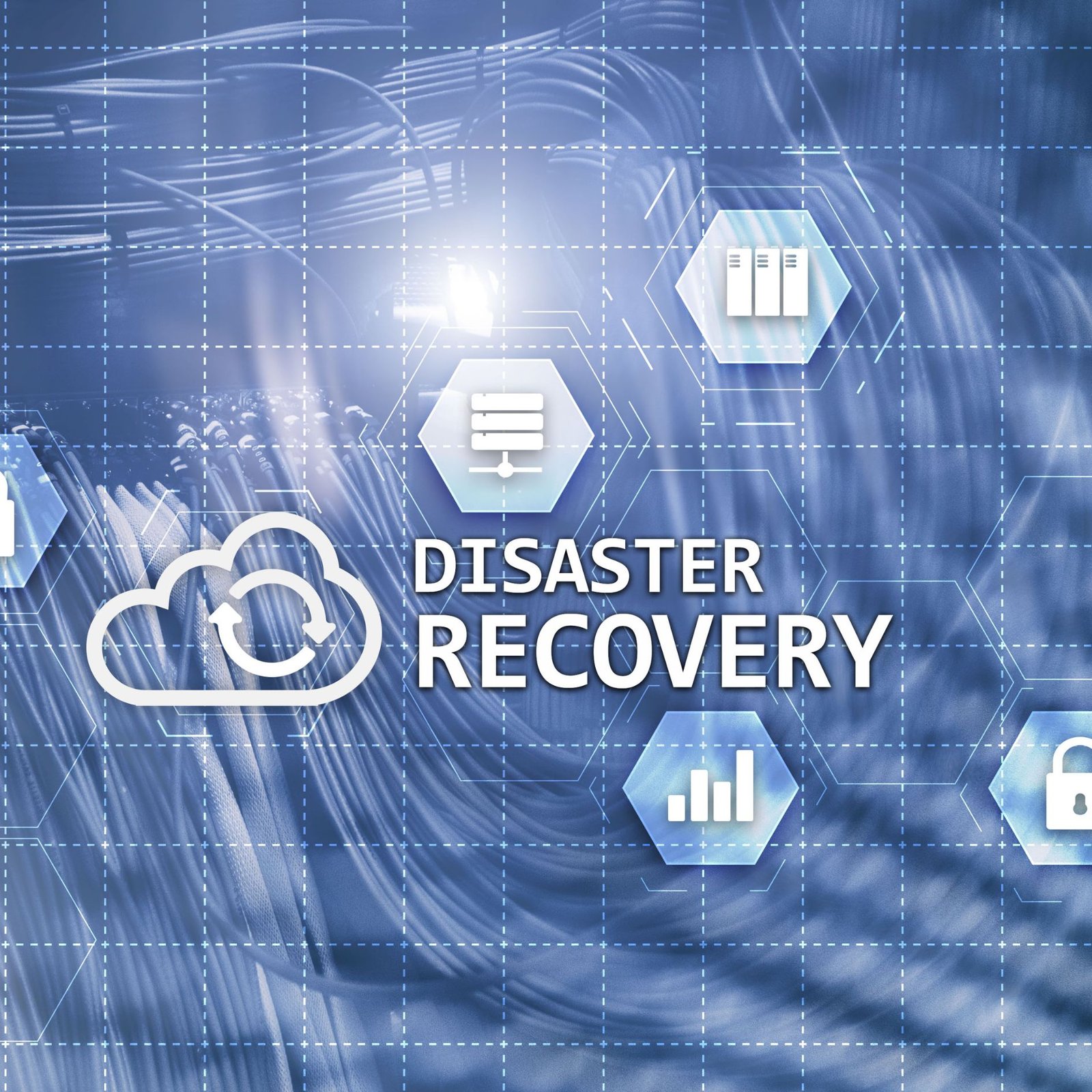Table of Contents
In today’s digital-first world, businesses rely heavily on cloud computing to store, process, and access data from anywhere. While the cloud offers unmatched scalability, speed, and flexibility, it’s not immune to failures or cyber incidents. That’s where disaster recovery in cloud computing becomes a cornerstone of modern IT strategy.
1. Understanding Disaster Recovery in Cloud Computing
Disaster recovery (DR) refers to the process of restoring data, applications, and IT systems after a disruption—such as a cyberattack, hardware failure, or natural disaster. In the context of cloud computing, DR is implemented using cloud-based tools and infrastructure that can replicate data and applications to multiple locations.
Unlike traditional on-premises recovery, cloud disaster recovery allows businesses to quickly resume operations with minimal downtime. This makes it a cost-effective and scalable solution for companies of all sizes.
2. Why Disaster Recovery Is Essential in Cloud Computing
a) Protection Against Data Loss
Data is the lifeblood of every organization. Losing critical data due to ransomware, system failure, or human error can cripple operations. Cloud DR ensures that copies of your data are always available and can be restored within minutes.
b) Business Continuity
Unplanned downtime can lead to significant financial losses and reputational damage. With cloud-based disaster recovery, businesses can switch to backup environments seamlessly keeping essential systems running even during a crisis.
c) Faster Recovery Time Objectives (RTOs)
Traditional disaster recovery setups often take hours or even days to bring systems back online. Cloud disaster recovery solutions drastically reduce RTOs, ensuring that business operations resume quickly after an outage.
d) Enhanced Cyber Resilience
With the rise of cyber threats, especially ransomware, cloud DR has become essential. It allows businesses to restore clean copies of data and systems without giving in to ransom demands, thereby ensuring cyber resilience.
e) Compliance and Data Governance
Many industries like finance, healthcare, and government must adhere to strict compliance standards. A robust disaster recovery plan helps organizations meet these requirements by maintaining secure and recoverable backups of sensitive data.
3. Benefits of Cloud-Based Disaster Recovery
a) Cost Efficiency
Cloud disaster recovery eliminates the need for expensive physical hardware and backup sites. Companies only pay for the resources they use, making it ideal for small and medium-sized businesses.
b) Scalability and Flexibility
Businesses can easily scale their DR resources as their data grows. Cloud platforms like Microsoft Azure, AWS, and Google Cloud offer flexible DR-as-a-Service (DRaaS) options that adapt to organizational needs.
c) Automation and Simplified Management
Modern cloud DR solutions are highly automated. They continuously monitor system health, replicate data in real time, and initiate recovery workflows automatically in case of failures.
d) Geographic Redundancy
Data stored across multiple geographic regions ensures that even if one data center experiences an outage, your information remains accessible elsewhere. This redundancy is one of the strongest pillars of cloud resilience.
e) Improved Collaboration and Remote Access
Since cloud-based recovery solutions are accessible from anywhere, IT teams can manage recovery operations remotely an invaluable advantage in today’s hybrid work environment.
4. Key Components of a Cloud Disaster Recovery Strategy
A comprehensive cloud DR strategy typically includes:
- Data Backup and Replication: Ensuring continuous synchronization between primary and secondary environments.
- Failover Mechanisms: Automatically switching workloads to backup systems when a failure occurs.
- Disaster Recovery Testing: Regularly testing recovery plans to validate readiness.
- Security Measures: Encryption, identity management, and access controls to protect backups.
- Monitoring and Alerting: Real-time insights into system health and potential vulnerabilities.
5. Choosing the Right Cloud Disaster Recovery Solution
When selecting a DR solution, businesses should consider:
- Recovery Time and Point Objectives (RTO/RPO)
Evaluate how quickly and how much data you can afford to lose. - Integration with Existing Systems
Ensure compatibility with your current cloud environment (e.g., Azure, AWS). - Security and Compliance
Choose a provider that offers encryption, compliance certifications, and secure access. - Automation Capabilities
The more automated your DR process, the faster your recovery.
Cloud platforms like Microsoft Azure Site Recovery (ASR) and AWS DR Service offer end-to-end DR solutions that meet these criteria.
6. Real-World Example: Azure Disaster Recovery
Microsoft Azure provides Azure Site Recovery, a DRaaS solution that replicates workloads across regions, automates failover processes, and offers centralized monitoring. It’s a perfect example of how cloud platforms empower organizations to achieve high availability, compliance, and resilience with minimal manual effort.
7. The Future of Disaster Recovery in Cloud Computing
As businesses adopt multi-cloud and hybrid models, DR will become even more critical. AI and automation are already enhancing recovery workflows by predicting failures before they occur and optimizing recovery time.
The future lies in intelligent, self-healing systems where DR is seamlessly integrated into every layer of cloud infrastructure.
Conclusion
The importance of DR in cloud computing cannot be overstated. It’s not just an IT responsibility it’s a strategic necessity. Cloud DR ensures your business remains operational, compliant, and resilient in the face of unexpected challenges.
By adopting modern cloud backup and recovery solutions, companies safeguard their data, protect their reputation, and build a foundation for uninterrupted growth in the digital age.









